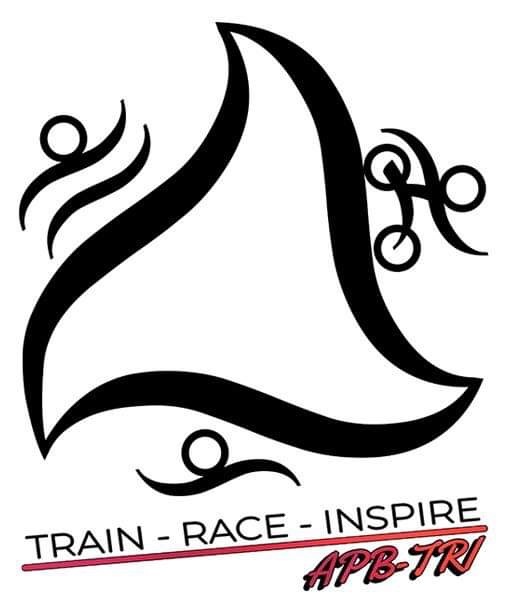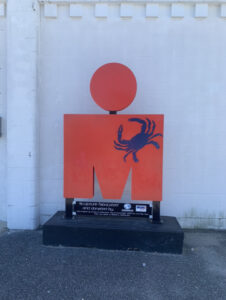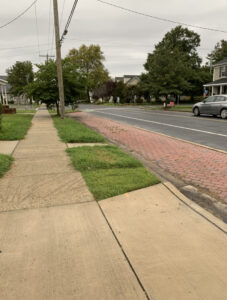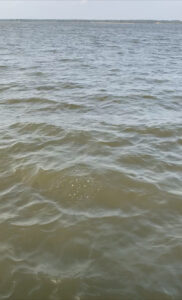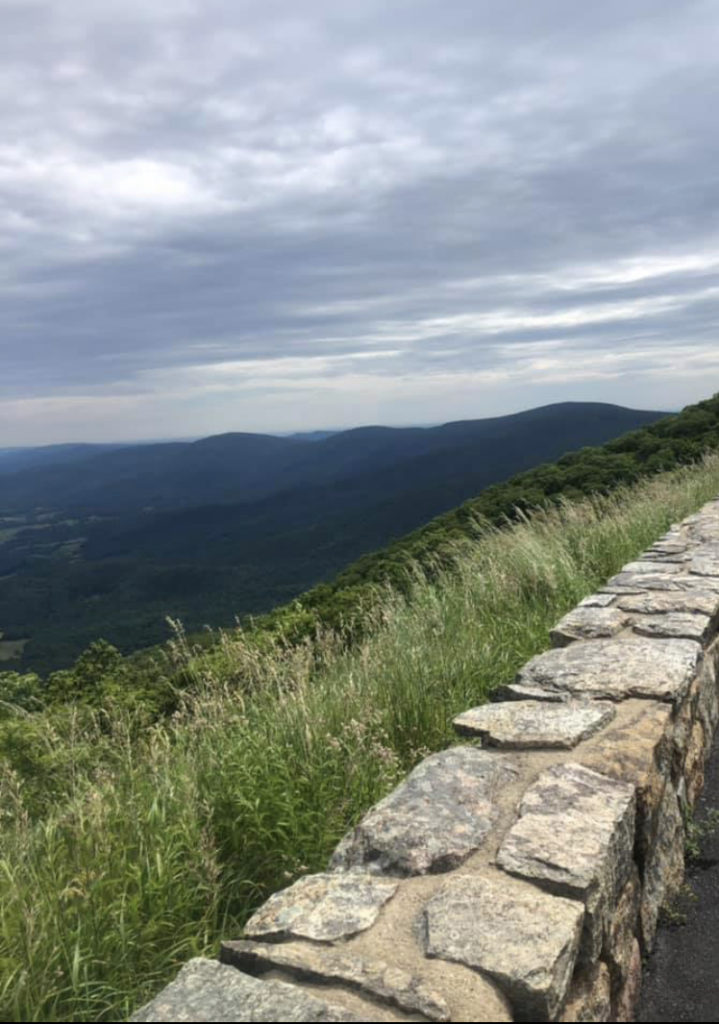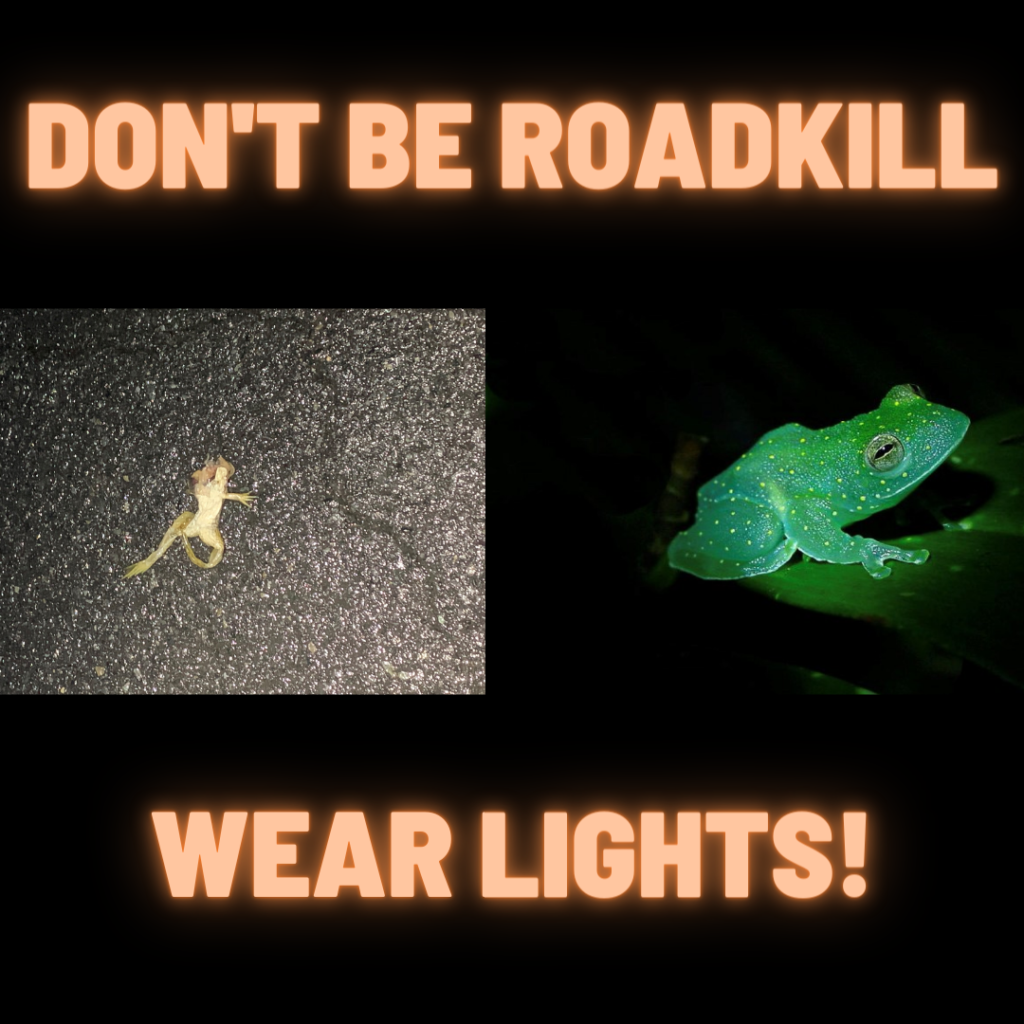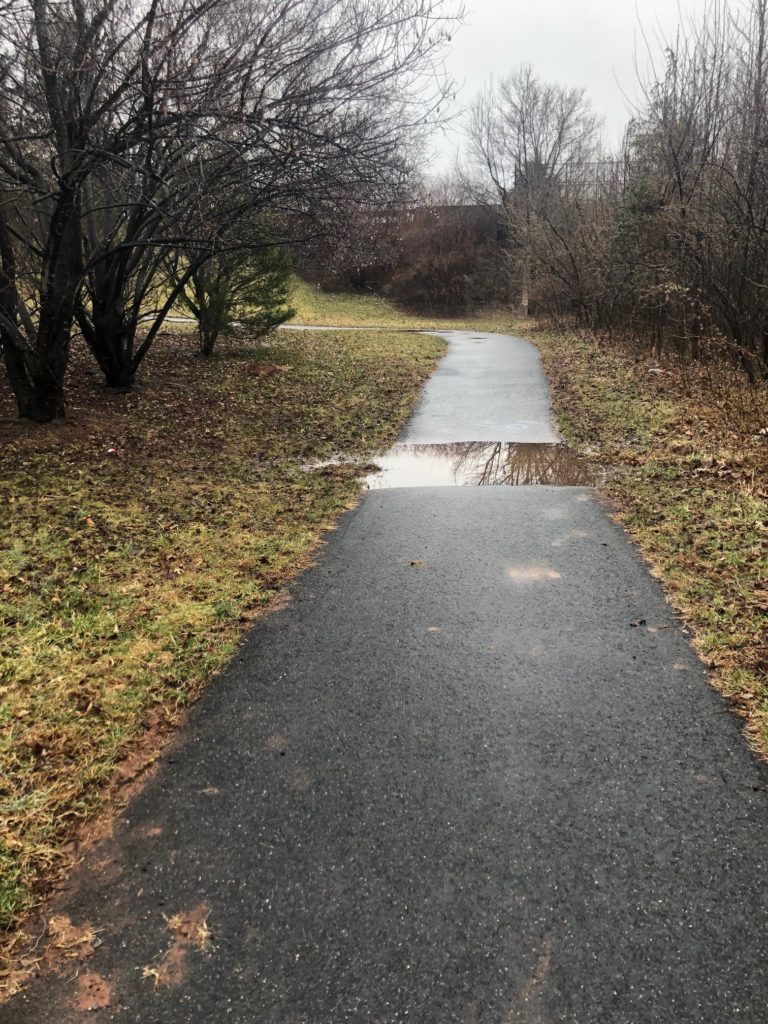Ah, Cambridge, MD, home to Ironman Maryland! Obviously, 2020 race was cancelled, but I still decided to go and enjoy a little vacation. I already made all the arrangements, so why not, right?
Places to stay
I stayed in a hotel right off the Highway 50 and I was welcomed by a smell of deep fried food. It was as if somebody just deep fried the whole part of town. I saw fast food everywhere. I was a put off a bit by those circumstances and worried that my trip won’t be much fun. Fortunately, I was proven wrong.
Since we are talking about hotels: not many choices on that. I think there are two of them. On the other hand, pretty much every house is listed on Airbnb. I had a bad experience on this (the host reached out to me on Tuesday that how come I didn’t cancel and she can’t host me – I was arriving on Thursday), but I suspect this is just a pandemic thing and the rest of the year it’s just fine.
Getting around in town
People who know me are familiar with my distaste for driving anywhere unless weather is awful or it’s otherwise impractical to walk/ run/ bike to my destination, I avoid driving. It’s not that I can’t drive or something. I just don’t enjoy it. Maybe it has to do with wasting years of my life on commuting in LA? Who knows… Either way: I walk everywhere I can. So when I got to Cambridge, I parked my car at the hotel with no intention of moving it until the day I leave. I made good on that threat, too.
Since I didn’t feel like working out after travelling, I decided to go for a nice, long walk. Not that it’s that awfully far – it’s a small town after all! I learned quickly that if you get even just a few hundred yards from Highway 50, it doesn’t smell like deep fried everything (although later I got to learn that a lot of Dorchester County smells like swamps and rotting fish, but that’s a whole another story).
Back to walking around: when I got off Highway 50, I noticed the streets looked like on the picture above. You probably can’t tell you what’s special about it, can you? Let me explain: red bricks are where cars can park, first lane next to it is a wide bike lane and then there is actual street. Yes, that’s right: cars can’t park where they would block sidewalks (European custom) or bikes and cars (American custom). Isn’t that amazing?
Food
Happily, I found a place to have dinner that night and it was pretty nice. Something I figured out later: ask hotel or a local for where you can eat something ‘normal’. Fast food is ubiquitous in Cambridge, but there is plenty of regular food if you know where to look. Of course it’s hard to know where to look. Fortunately, locals are super friendly. And if you’re staying in a hotel, they have pamphlets with a list of local eateries. Well worth having! I actually ended up having dinner at the same place on Saturday and Sunday because their deep fried (I know – I just got done complaining about the smell of fried stuff, but they were soooo good!) soft shell crabs.
Now off to the subject of training!
Open water swimming
Here is a picture of some water. It was actually originally a video on my phone. I didn’t see any jelly fish, which is probably for the best. I wouldn’t want to be scarred by those before race day and have a full year to get anxiety over the issue!
The area around the water didn’t look overly beachy (maybe I didn’t look carefully enough?), but the water was there and it looked pretty nice. As in clean. For all the trash I have seen on the roads and generally in the area, water looked pretty good. I ended up not going in – I haven’t had many opportunities to swim since the beginning of the pandemic and being alone in open water sounded like a bad idea. And by the next day, I saw an announcement that open water is out of a question due to large waves. That’s just bad timing, but it looks like a fabulous place for some swim practices!
Biking and running
Now off to running and biking. It was amazing! The road most of the time looked like this:
And regularly even better. It’s a mix of rural areas and a state park. It’s gorgeous! And flat. I have seriously never seen this much flat in my life. I swear the sea and the ocean have more hills than Dorchester County! If you want to train on hills, this is not the place for you. Except for that one bridge I found. I took a wrong turn and somehow rode off to another island… That bridge was seriously steep!
One warning though: within like a mile from town, you are in total middle of nowhere. Translation: bring whatever you will need with you, as you may be far away not only from shops and such, but also just any human being. I haven’t checked if it’s possible to get an Uber around there. I didn’t see a single cab or sticker saying Lyft/ Uber or anything of the sort.
Traffic?
As I mentioned earlier, Cambridge had nice bike lanes and ample space for working out outdoors.
Dorchester County is so far to the side that traffic is minimal at all times. My favorite part about traffic there though: people give runners and cyclists wide berth. Like REALLY wide. I noticed quickly that when there was no bike lane (and on larger roads there was, even if in shape of super wide, separated by uneven pavement, shoulder), cars would move over out of your lane. Yes, you read that right: both runners and cyclists on the road get an entire lane to themselves. People are nice, they will smile at you, wave and give you time to do whatever you need to do. I’ve never felt this safe on a road! There was a guy in white truck who honked at me and seemed mad. I am like 99% sure he wasn’t a local.
Note on the weather
Ok, so this is subject worth mentioning. It’s windy in there. And I mean WINDY!!! Temperatures and rain are normal, but the wind! I got blown all over the place! My favorite moment on that was when I was riding up to Harriett Tubman Center. I thought ‘Oh, I need to turn, let me stop pedaling!’ That was the worst idea ever! I came close to full stop in a matter of yards and I had to pedal extra hard to make it to the turn! I am happy I got to experience these conditions before the race day. I am not trying to discourage anybody, just make sure you are prepared.
I actually realized on my Sunday run: I knew which way the wind was blowing. Why did I ride in direction that had me going into the wind on the way back???
Will I go back?
Obviously, I have the race next year there…
That’s not all though. I looked at hoses for sale around there. It’s so tempting! I want to retire there! I did notice a lot of houses with signs ‘vote for broadband internet’ in their front yards, so this may be a bit of work in progress, but I am sure they can make it happen by the time I retire. Who wouldn’t want to have an option to get access to the internet???
So: if you are a triathlete or a cyclist or just want to feel welcome, Cambridge, MD is the perfect place to be!

